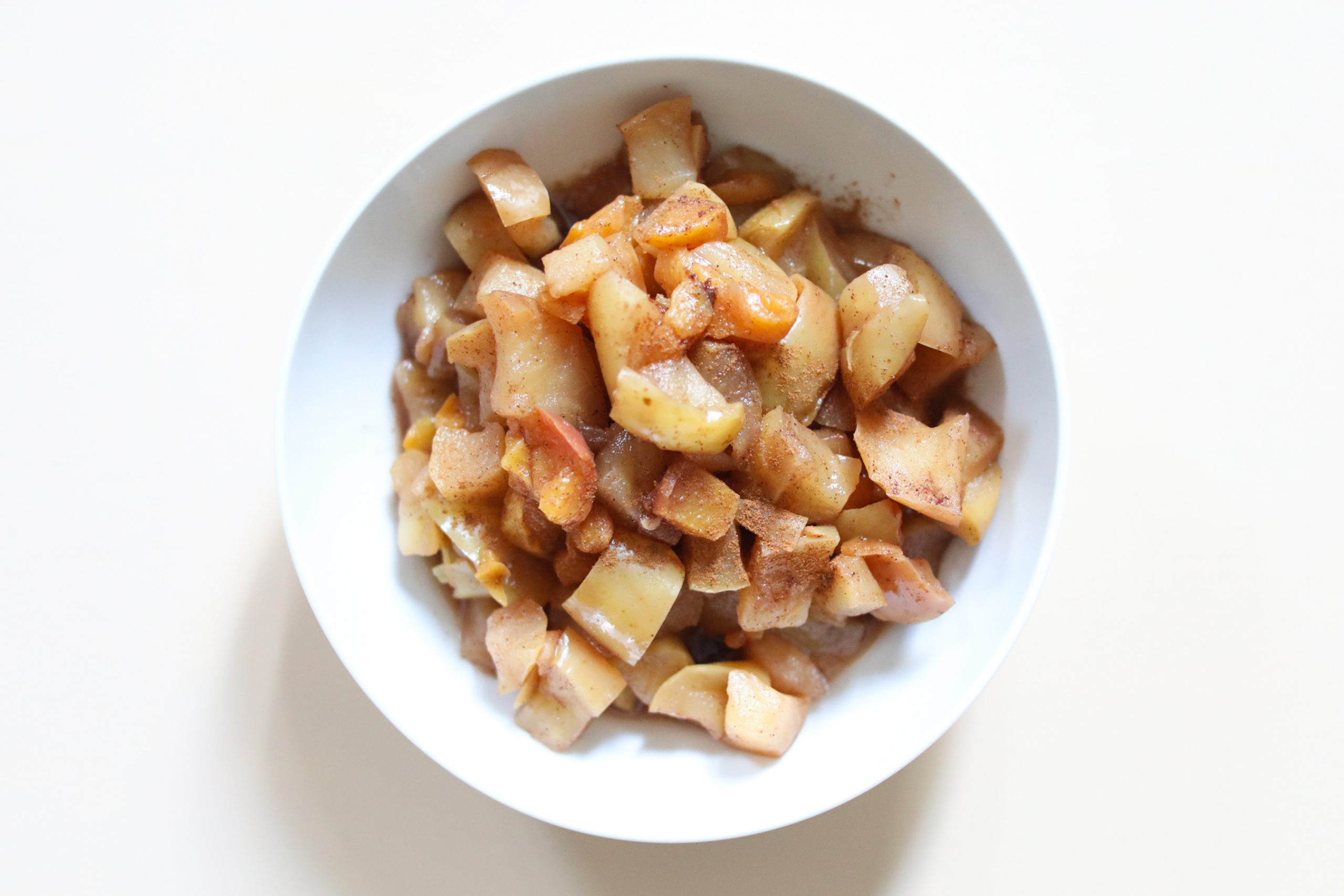It is well established that high cholesterol can put you at risk of various serious health issues, such as strokes and heart attacks. Cholesterol levels between 200 mg/dL and 239 mg/dL are considered borderline, while anything above 240 mg/dL is considered high.
Unfortunately, recent studies show that around 12% of adults aged twenty and over have a higher total cholesterol level than recommended.
It is important to note that cholesterol production is a normal bodily function and is necessary for maintaining good health. However, having too much cholesterol can cause problems.
Therefore, it is vital to investigate the possible causes of high cholesterol and find ways to reduce it. Additionally, becoming knowledgeable about cholesterol and how it can affect your health.
Understanding Cholesterol
Cholesterol is a lipid, a waxy substance with a fat-like nature produced by the liver. It helps form cell membranes, bile acids, and vitamins and provides a protective barrier.
Since cholesterol is water-insoluble, it needs to be transported by the liver through lipoproteins composed of fat and proteins. The two main types of lipoproteins are low-density lipoprotein (LDL) and high-density lipoprotein (HDL).
Having high levels of LDL cholesterol in the blood is an indication of high cholesterol. Cholesterol can come from two sources: the liver and dietary sources. Dietary sources of cholesterol include animal-based products such as full-fat dairy, poultry, and meat.
The HealthifyMe Note
Cholesterol is a waxy substance found in the blood and is necessary for forming healthy cells and vitamins. However, it is essential to maintain a healthy cholesterol level, as having too much can lead to health issues such as stroke, heart attack, chest pain or angina, high blood pressure, peripheral vascular disease, and chronic kidney disease.
Types of Cholesterol
LDL (Bad) Cholesterol
LDL Cholesterol, or bad cholesterol, is a type of cholesterol that can quickly move cholesterol to your arteries. If your LDL cholesterol levels are too high, it can start accumulating on your artery walls, forming plaque.
This plaque can narrow your arteries, reducing blood flow and raising your chances of developing blood clots. If a cholesterol clot ever blocks an artery in your heart or brain, it can lead to a heart attack or stroke. Keeping your LDL cholesterol levels below 100 mg/dL is vital to minimise this risk.
Read more: How to Reduce and Control High Cholesterol?
HDL (Good) Cholesterol
HDL stands for High-density lipoprotein, another name for “good cholesterol”. It is responsible for taking LDL cholesterol (low-density lipoprotein) to the liver, which is then removed from the body.
Having a healthy level of HDL cholesterol helps to prevent the build-up of cholesterol plaques in the arteries, which can increase the risk of heart attack, stroke and blood clots. The ideal level of HDL cholesterol is 40 mg/dL or higher.
Triglycerides
Triglycerides are a distinct type of lipid compared to cholesterol. Cholesterol plays a role in forming certain hormones and cells, while triglycerides are only used as energy sources.
If you consume more calories than your body needs, the excess calories are converted into triglycerides and stored in your fat cells. When this happens over a prolonged period, your triglyceride levels can become too high, increasing your heart disease and stroke risk. To lessen these risks, keeping your triglycerides below 150 mg/dL and managing your cholesterol levels is essential.
Causes of High Cholesterol Level
Genetics
Your genes partly determine your cholesterol levels. Genes determine the amount of cholesterol your body produces, and this can lead to a condition known as familial hypercholesterolemia (FH).
FH is an inherited form of high cholesterol passed down in families. When someone has FH, their body has difficulty removing low-density lipoprotein (LDL) cholesterol from their bloodstream. If one parent has inherited cholesterol, there is a 50% chance of passing it down to their children.
Age and Gender
As men and women age, their cholesterol levels can increase. Before menopause, women generally have lower total cholesterol levels than men of the same age.
After menopause, however, women tend to experience an increase in their low-density lipoprotein (LDL) levels. From the ages of 20 to 55, men typically have higher cholesterol levels than women.
Dietary Habits
Eating foods loaded with unhealthy saturated and trans fats increases the risk of having high cholesterol levels. Saturated fat can be particularly damaging.
Decreasing its intake can lower your blood cholesterol. Examples of foods with high levels of saturated fat are red meats, full-fat dairy products, baked goods, chocolates, and ultra-processed foods.
Trans fat is an unsaturated fat that raises levels of bad cholesterol in the blood, and one can find it in processed foods such as fried foods, store-bought pastries, and margarine.
Body Weight/Obesity
If you are overweight or obese, you are likely to have higher triglycerides and LDL cholesterol levels and a decreased level of good HDL cholesterol.
Additionally, a study indicates that obesity can cause dyslipidemia, an abnormally high cholesterol or lipid level in the blood. Furthermore, the body’s failure to regulate lipoproteins and inflammation can increase cholesterol levels. Finally, obesity can cause changes in blood sugar levels, increasing the risk of heart disease and diabetes.
Lack of Physical Activity
A lack of physical activity or a sedentary lifestyle can increase levels of LDL (“bad” cholesterol) and decrease levels of HDL (“good” cholesterol). Additionally, insufficient exercise increases the likelihood of unhealthy weight gain, which can raise cholesterol levels.
Smoking
Cigarette smoking can decrease high-density lipoprotein (HDL) levels, considered “good” cholesterol. HDL helps to remove low-density lipoprotein (LDL), commonly known as “bad” cholesterol, from the arteries. Therefore, a drop in HDL can result in an increase in LDL in the body.
Natural Ways to Reduce High Cholesterol Levels
The most basic principle to treating any health condition is to combat the causes of the disease. The same goes for high cholesterol levels also. So here are simple ways to bring down cholesterol levels.
Cholesterol Lowering Supplements
Supplements such as fibre, specific nutrient-based, and oral medications are beneficial. For example, soluble fibre supplements bind with LDL and helps reduce LDL levels.
Read more: High-Fibre Diet: Here’s What You Must Know
One can take pills or mix the powder with water to consume daily. Few specific nutrients or dietary supplements are adequate for people with diabetes in lowering cholesterol.
Dietary Modifications
Consuming a nutritious diet is an effective way to lower cholesterol. Focusing on foods with high fibre and low levels of saturated and trans fats can be beneficial.
Research has demonstrated that incorporating fibre-rich foods such as oats, whole grains, legumes, apples, flax seeds, and citrus fruits into your diet can help to reduce cholesterol. On the other hand, saturated and trans fats can increase cholesterol.
Therefore, it is essential to eat plenty of fruits, vegetables, and whole grains and limit the consumption of saturated and trans fats to keep cholesterol levels in check.
Exercise
Physical activity can help your body produce more HDL cholesterol, which helps reduce LDL cholesterol levels in your arteries. In addition, regular exercise is effective in lowering triglyceride levels, even in people with high cholesterol.
Aim for 30 minutes of moderate-intensity exercise daily to reap the benefits. It can increase your HDL (good) cholesterol while decreasing your LDL (bad) cholesterol.
Quit Smoking
It is well-known that smoking cigarettes can lead to lung cancer, but many people are unaware of its detrimental effect on cholesterol levels.
Smoking causes inflammation and oxidative stress, resulting in an unhealthy rise in cholesterol. Therefore, quitting smoking is an excellent way to improve cholesterol levels and overall health.
The HealthifyMe Note
High cholesterol is often the result of bad lifestyle decisions. If high cholesterol runs in your family, it is vital to develop healthy habits to help keep your cholesterol levels regulated. Eating healthy foods and exercising are two excellent habits that can make a big difference. Subscribe to HealthifyPro and make it your best companion on your journey to reduce cholesterol levels.
Reduce High Cholesterol Levels like a Pro
Talking to the coaches at HealthifyMe makes you feel empowered, and you know that you can reverse this condition. Simple lifestyle modifications the app suggests, like not skipping breakfast, eating small meals, taking a 15-minute walk after every meal, drinking water and sleeping on time, can change how your body functions.
When you fuel your body with timely food intake and incorporate physical activities, your metabolic health is at its peak. Sitting for long hours is the new smoking.
Download the HealthifyPRO 2.0 version. It is a sophisticated new-age tool that looks at your health intrinsically. A metabolic panel testing at the convenience of your home starts the process.
You also get a CGM device BIOS- that tracks your blood glucose level fluctuations. The spikes usually indicate metabolic ill-health. You also get a smart scale that analyses your weight, BMR, fat percentage, etc.
Armed with all these pillars, the coach consultation becomes specific and custom-created to suit your particular needs. As a result, you reverse any condition effectively.
How Often Should You Get Your Cholesterol Levels Checked?
According to the American Heart Association, cholesterol levels should be checked every four to six years for most healthy people aged twenty and above, every five years for children at risk of familial hypercholesterolemia, and every two years for men aged between 45 and 65 and women aged between 55 and 65.
In addition, adolescents should have their first cholesterol test before the age of 11. People diagnosed with abnormal cholesterol levels should opt for screening more often during the initial period.
Once their levels start improving, as per doctors’ suggestion, regular half-yearly or yearly screening can be part of the continued lipid monitoring program.
A blood test, which can be a “fasting” or “non-fasting” lipoprotein profile, will check the total cholesterol levels, including HDL and LDL levels.
Your healthcare professional will tell you if you need to fast before the test. The cholesterol test frequency and type may vary depending on your family history, age, or risk factors.
Conclusion
Cholesterol is necessary for the body’s functioning, yet too much can lead to clogged arteries and heart disease. In addition, Low-Density Lipoprotein (LDL) is especially susceptible to free radical damage, making it a chief contributor to heart problems.
On the other hand, high-Density Lipoprotein (HDL) helps to protect against heart disease, as it carries cholesterol away from the vessel walls and back to the liver.
Suppose you find yourself with an unbalanced cholesterol level. In that case, the CDC suggests lifestyle changes as the first line of treatment, including incorporating unsaturated fats, soluble fibre, and whole grains into your diet.
Exercise and weight loss can also be beneficial. Furthermore, one must avoid the intake of trans fats and smoking. So, get your cholesterol levels checked and talk to an expert nutritionist at HealthifyMe to get a customised plan that helps prevent and combat cholesterol issues.






















Discussion about this post